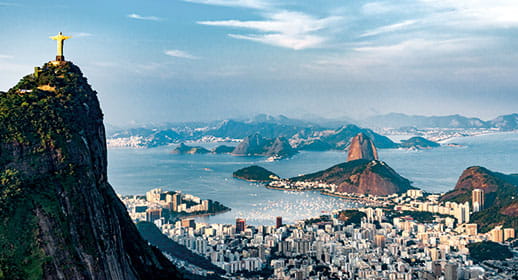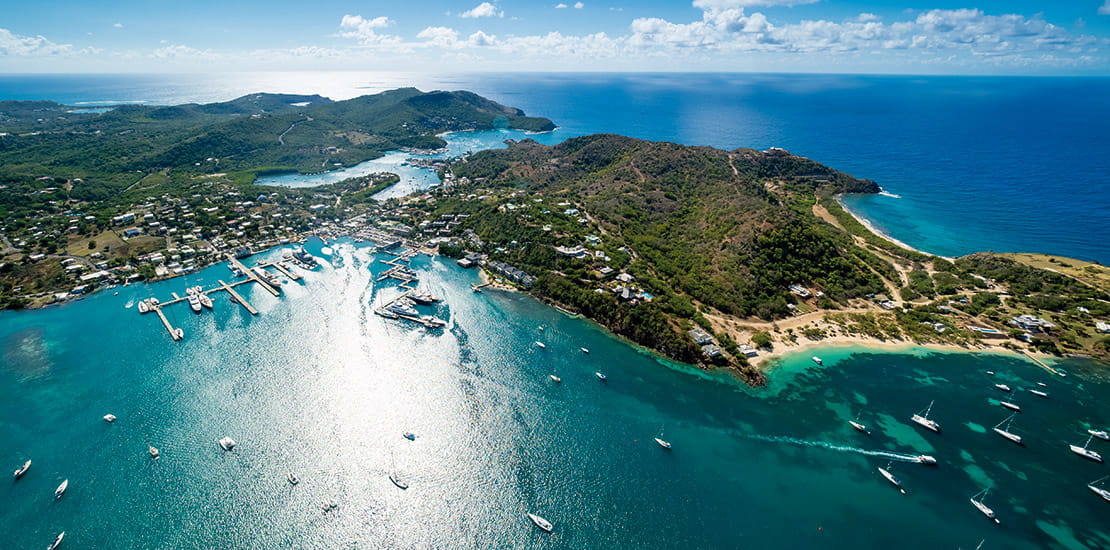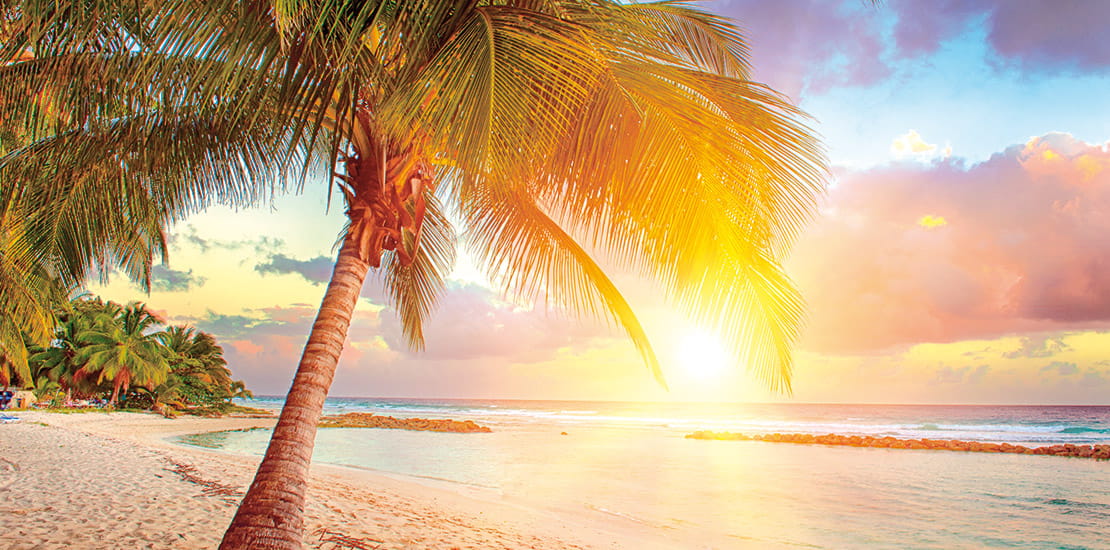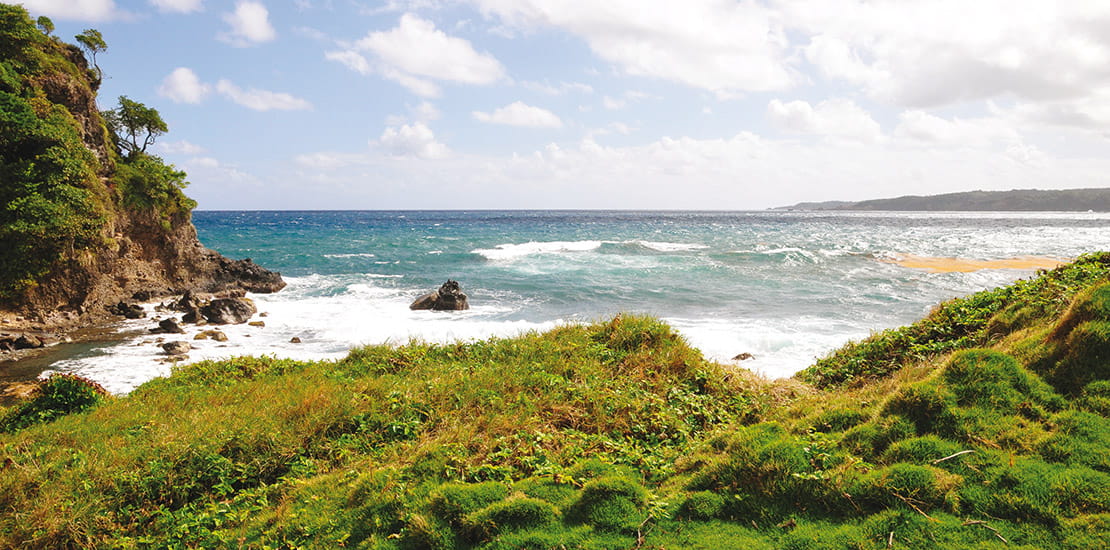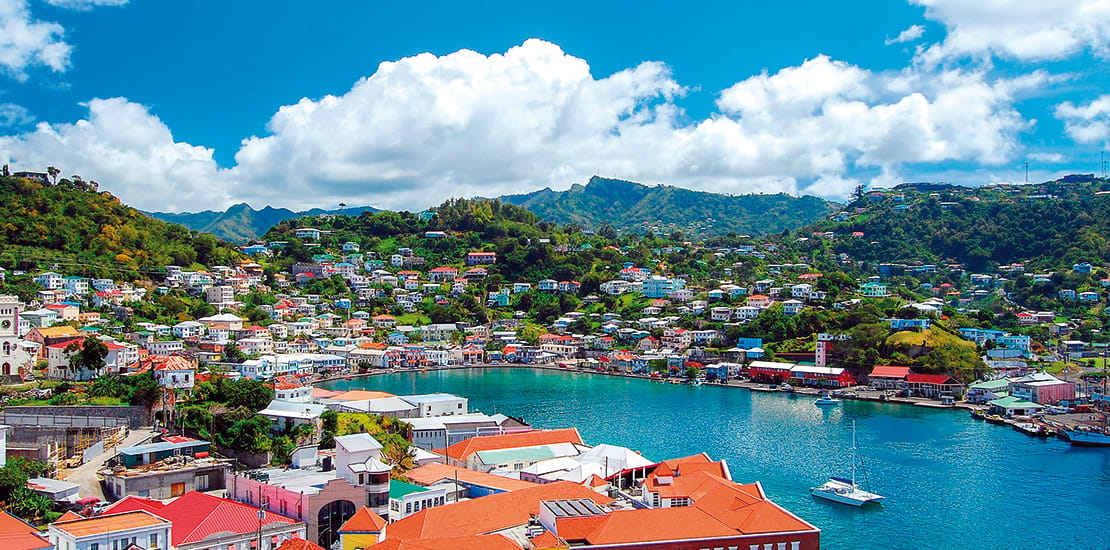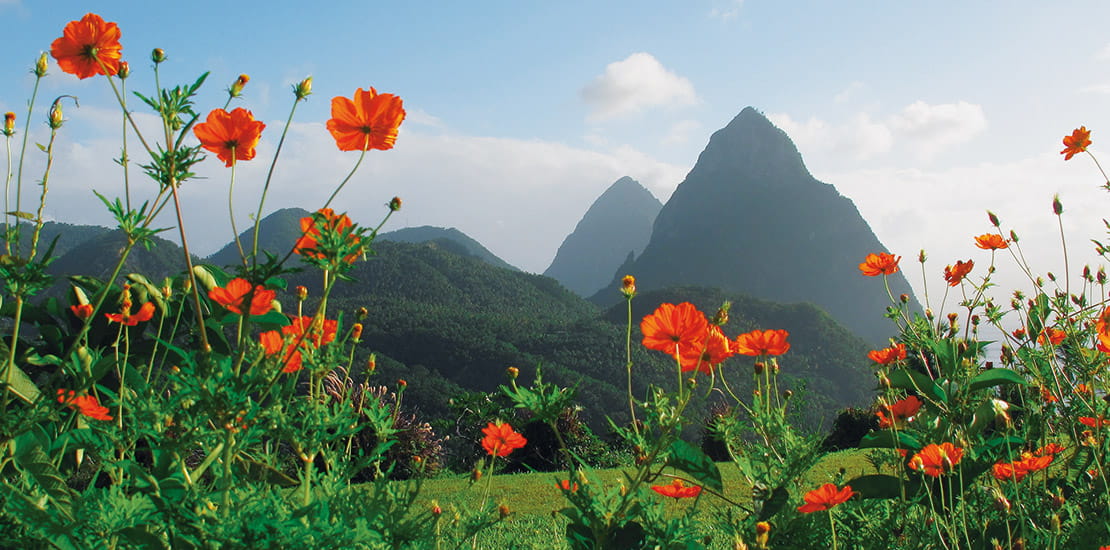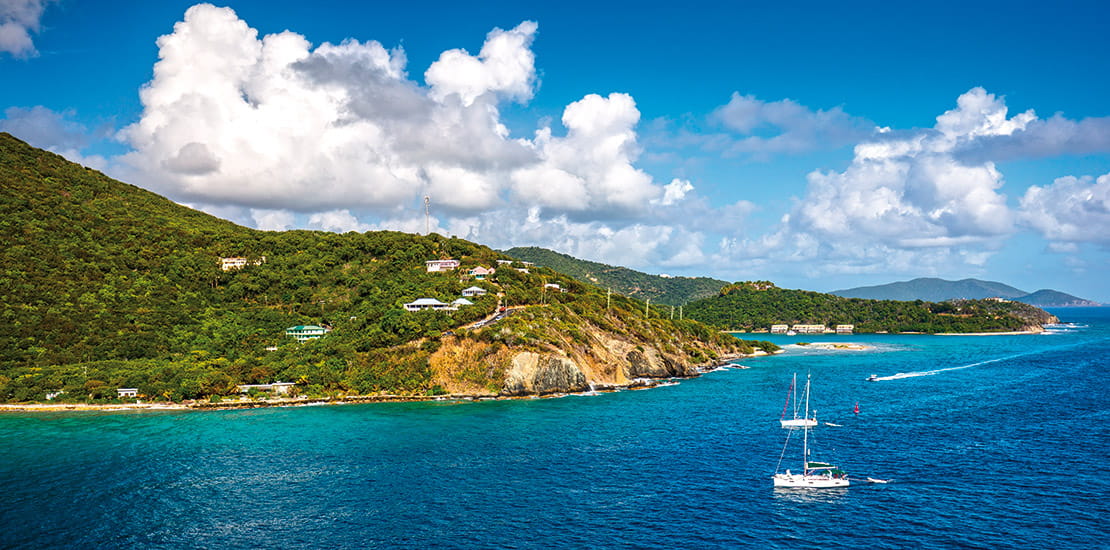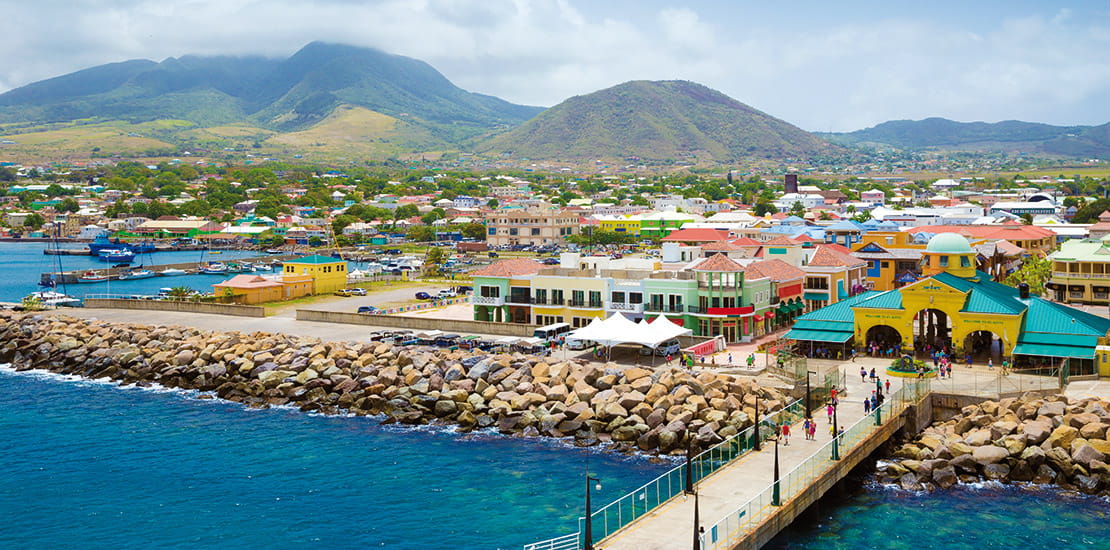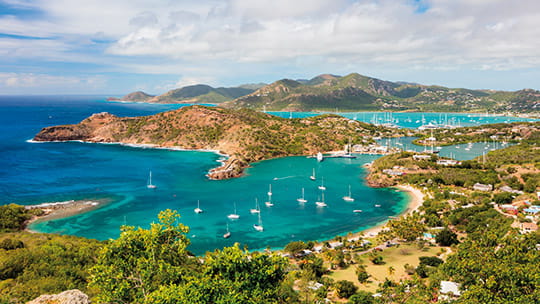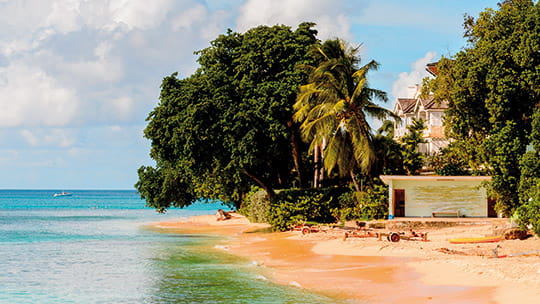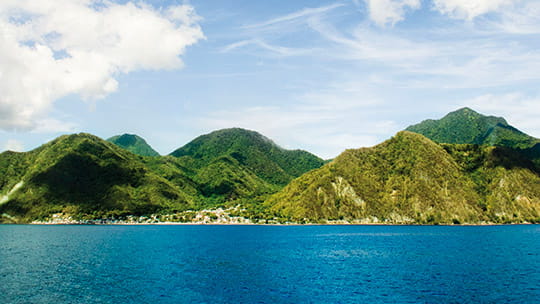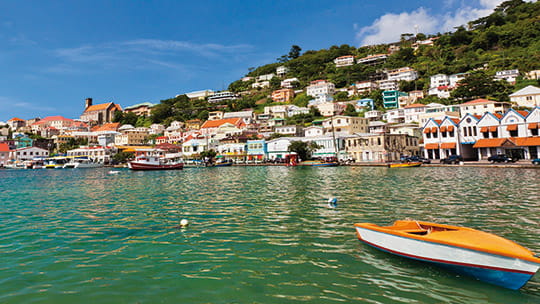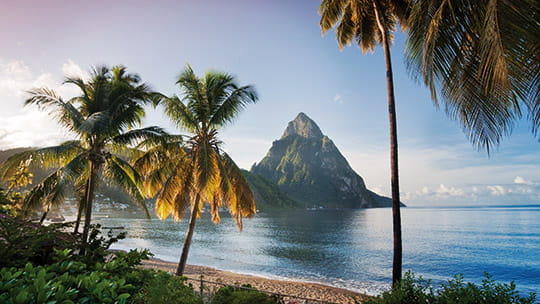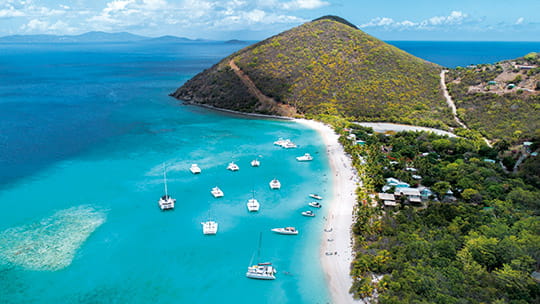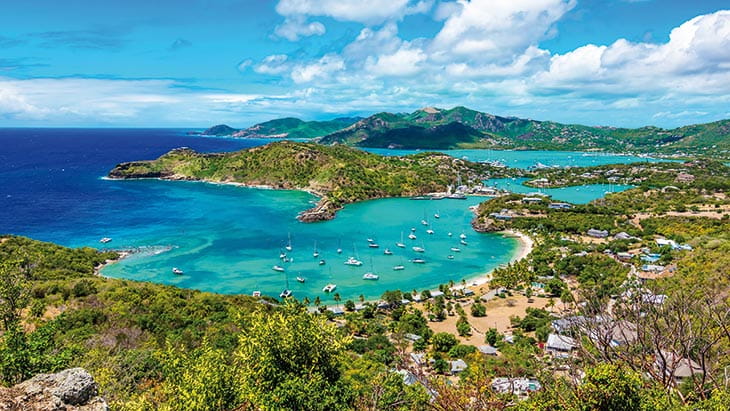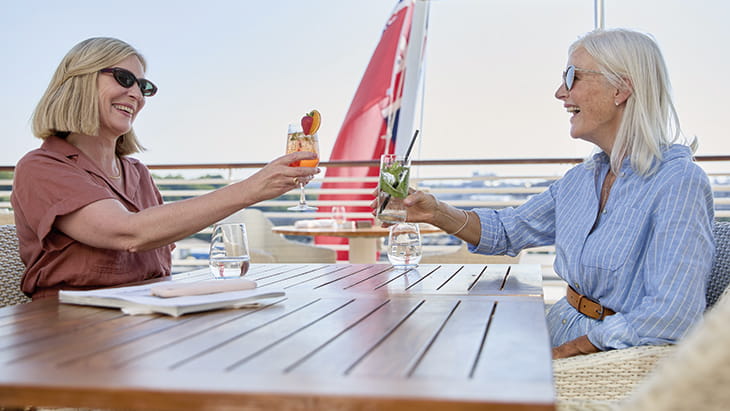Join a Caribbean cruise from the UK
Immerse yourself in a blend of palm trees, yacht-filled harbours and tropical vistas on an all-inclusive Caribbean cruise with Saga. As well as the main ports, our smaller ships will take you to hidden gems of the Caribbean such as less-explored Martinique, Curaçao and St Barthélemy.
On one of our boutique ships, you’ll drop anchor at a host of colourful destinations. Discover Tortola’s mountainous peaks, Antigua’s powder beaches and colonial Bridgetown in Barbados.
Caribbean cruises
Explore the Caribbean on a Saga Ocean Cruise
Our Caribbean cruise destinations
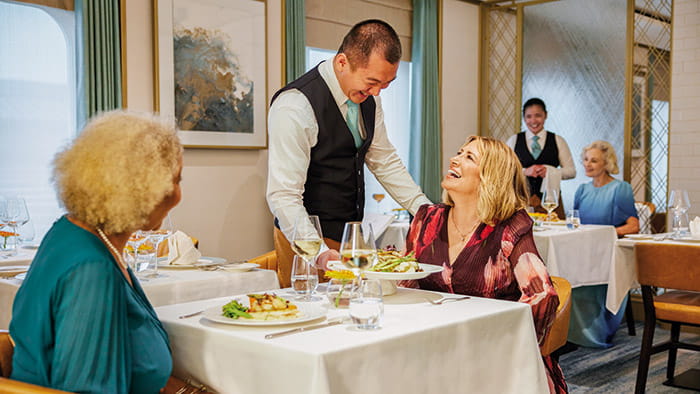
Explore our brochures
Read our brochures online or request a printed brochure for postal delivery.
Find out more
Follow us on Facebook
Follow our Saga Cruises Facebook page for inspiring stories, photos, tips and advice from our team and fellow guests.
Join our community
